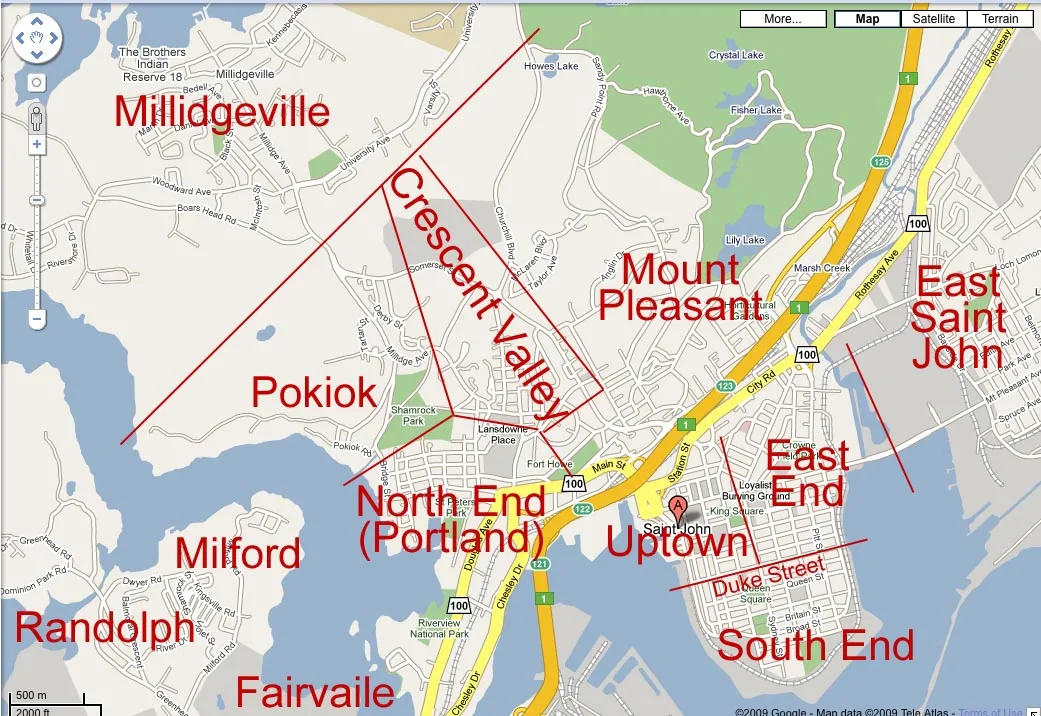Barron writer does not understand nature of Saint John
Today I picked up a copy of The Barron, UNB Saint John’s student-produced paper. I came across the article “Travelling around Saint John: what you need to know” by staff writer Simon Jack. It does not take long for one to realize the writer did not understand the history of Saint John or the Transit…
